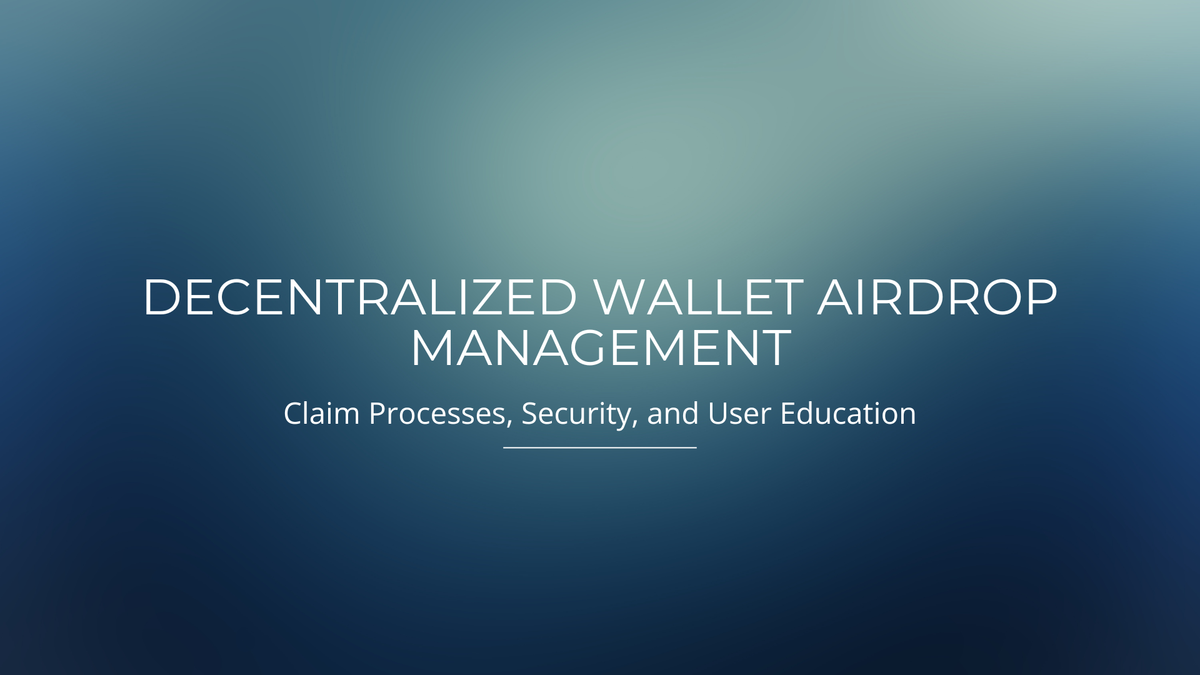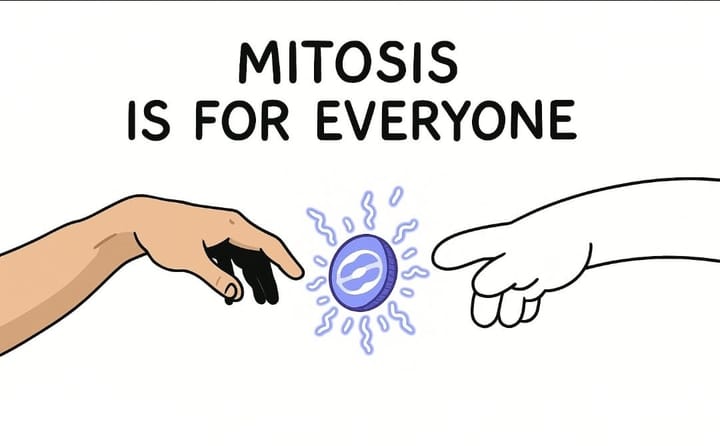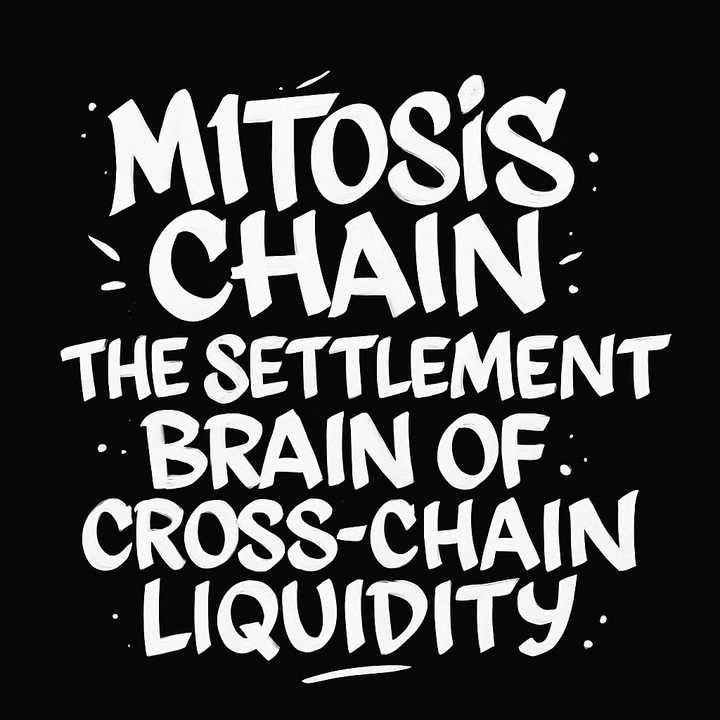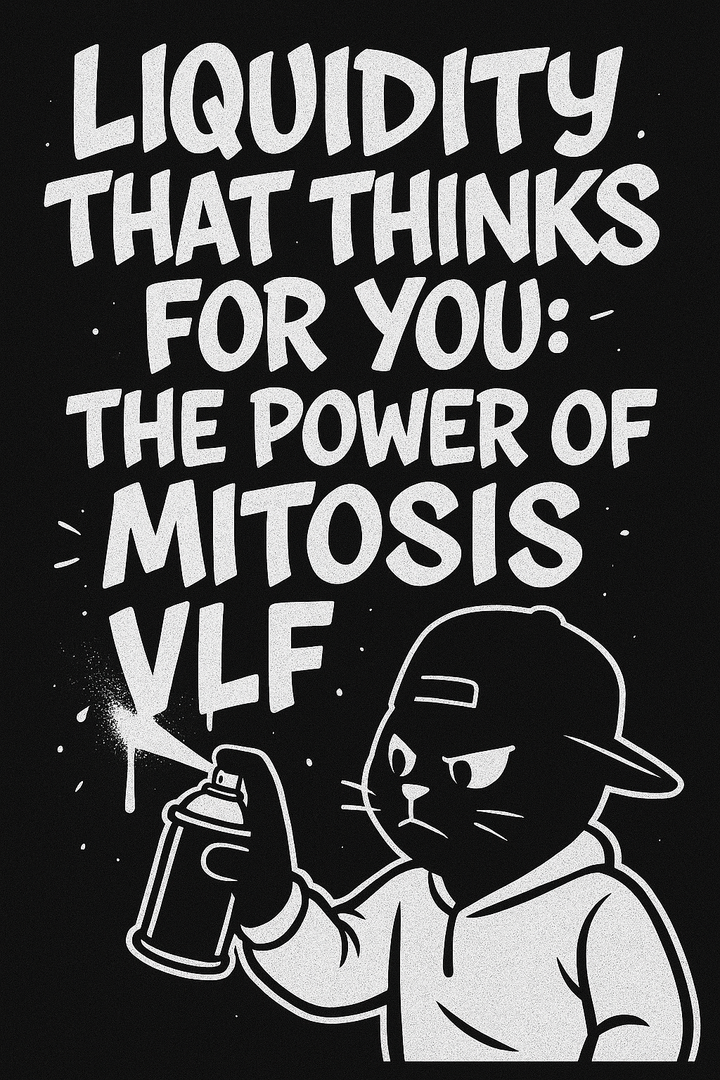Decentralized Wallet Airdrop Management: Claim Processes, Security, and User Education

Introduction
Airdrops have become a popular way to distribute tokens, drive community engagement, and bootstrap decentralized ecosystems. While airdrops may seem like free money to users, managing them, especially via decentralized wallets, requires a nuanced understanding of claim mechanisms, security risks, and user education to ensure proper participation and safety.
What Are Airdrops?
An airdrop refers to the free distribution of cryptocurrency tokens to users’ wallets, typically as part of a promotional campaign, community incentive, governance launch, or ecosystem development strategy. Airdrops are widely used by blockchain projects to attract attention, increase adoption, and reward early supporters. They often serve as a method to decentralize token ownership and encourage participation in the ecosystem.. There are several types of airdrops, including:
- Standard airdrops: These involve distributing tokens to wallet holders based on a predefined snapshot, a record of users who meet certain criteria (e.g., holding a specific token). This method ensures that active crypto users receive tokens without needing to complete additional tasks.
- Bounty airdrops: Require users to complete tasks like sharing on social media.
- Holder airdrops: Rewards are given to holders of a particular cryptocurrency. The project may distribute new tokens to those who already own its native token or a related asset, encouraging long-term investment and loyalty.
- Exclusive airdrops: For DAO contributors, early testers, or GitHub devs.
- Retroactive airdrops: These reward users for their past participation in a protocol. Instead of requiring sign-ups, the project analyzes past on-chain activity and distributes tokens accordingly. Many decentralized finance (DeFi) protocols use this method to recognize their most engaged users.
Major projects like Uniswap (UNI), Optimism (OP), dYdX, and Arbitrum (ARB) have conducted successful airdrops, with some users receiving tokens worth thousands of dollars. Uniswap airdrop alone distributed 400 UNI to past users, then worth around $1,200.
Decentralized Wallets and Airdrop Claiming
Decentralized wallets like MetaMask, Trust Wallet, Rabby, and Frame enable self-custody of assets. These wallets are integral for claiming airdrops since most projects avoid centralized exchanges during distribution.
Key Claim Processes:
a. Snapshot Date
Most airdrops take a "snapshot" of user balances and wallet activity on a certain date. Eligibility depends on activity before this date.
b. Eligibility Verification
Tools like Dune Analytics dashboards or Etherscan often help projects determine which wallets qualify.
c. Airdrop Announcements
Projects typically announce drops via Twitter, Discord, or Medium. Users must verify legitimacy through official sources, never through DMs or unverified links.
d. Token Claim Interface
Eligible users usually visit the official claim page, connect their wallet, and sign a transaction (often just a gas fee). Examples include:
Common Security Risks in Airdrop Claims
With the rising popularity of airdrops comes a surge in phishing, scams, and smart contract exploits. Here are the key threats and how to mitigate them:
a. Phishing Sites: Scammers often create fake airdrop websites that mimic official pages. Connecting your wallet to these sites can lead to wallet drainers.
Prevention:
- Verify links via official Twitter, GitHub, or project websites.
- Use tools like Chainabuse to report and check scam sites.
b. Malicious Smart Contracts: Some claim contracts may include permissions that allow token approvals or transfers.
Prevention:
- Use tools like Etherscan’s Token Approvals page or Revoke.cash to manage approvals.
- Avoid signing contracts you don’t understand. Use Rabby Wallet, which simulates transactions before signing.
c. Gas Fee Exploits: Some drops manipulate gas prices or require abnormally high fees.
Prevention:
- Confirm typical gas fees using EthGasStation or Blocknative.
Best Practices for Secure Airdrop Management
a. Use a Dedicated Wallet: Create a new wallet strictly for airdrop interactions. This isolates your main assets from potential threats.
b. Read the Fine Print: Review the project’s airdrop policy, tokenomics, and claim procedures. Watch out for vesting schedules or automatic staking mechanisms that may restrict withdrawals.
c. Monitor Reputable Aggregators: Sites like:
- Airdrop.io
- CoinMarketCap Airdrops
- Dropstab - helps track legitimate airdrops and deadlines.
d. Track Expiry Dates: Many airdrops expire. Missing the window means forfeiting tokens. Set reminders.
Educating Users: Essential for Mass Adoption
Airdrop success relies not just on distribution but on user understanding and participation. Here are user education priorities:
a. Awareness Campaigns: Projects should invest in explainer videos, Medium blogs, and step-by-step Twitter threads.
b. Onboarding Tutorials: Interactive UIs and gamified claim steps help new users. Tools like DappLearn can support education with quizzes and walkthroughs.
c. In-App Security Prompts: Wallets should warn users before risky transactions. MetaMask has recently added such simulation features, and Rabby leads here.
d. Multilingual Support: Since many airdrop participants come from emerging markets, providing claim instructions in multiple languages can improve trust and adoption.
DAO Governance & Airdrop Integrity
Many airdrops today serve governance onboarding, e.g., distributing tokens that give voting rights in DAOs.
Importance:
- Brings more active contributors.
- Avoids plutocracy in DAO voting.
- Boosts token decentralization and legitimacy.
Governance Models:
- Gitcoin Passport helps score Sybil resistance.
- Snapshot.org enables off-chain governance voting.
Sybil attacks (users creating multiple wallets to claim tokens) remain a concern. Projects use anti-Sybil tools like:
The Future of Airdrop Distribution
Emerging solutions are optimizing airdrop integrity and reach:
- ZK-based eligibility proofs (e.g., Polygon ID) for privacy-preserving claims.
- Soulbound tokens (SBTs) to ensure one-person-one-wallet models.
- Onchain credentials via Galxe or QuestN that reward true participation.
Conclusion
Airdrops are more than freebies; they’re strategic tools to foster community, reward loyalty, and distribute governance. For decentralized wallet users, knowing how to manage the claim process securely, avoid scams, and understand token utility is crucial to maximizing these opportunities.
As the Web3 space matures, user education and security-first design will play a key role in ensuring that airdrops remain a net positive for ecosystem growth.
References
https://dune.com/
https://etherscan.io/
https://arbitrum.foundation/
https://app.optimism.io/airdrops
https://www.chainabuse.com/
https://etherscan.io/tokenapprovalchecker
https://revoke.cash/
https://rabby.io/
https://milkroad.com/ethereum/gas/
https://www.blocknative.com/gas-estimator
https://airdrops.io/
https://coinmarketcap.com/airdrop/
https://proofofhumanity.id/
https://www.brightid.org/
MITOSIS official links:
GLOSSARY
Mitosis University
WEBSITE
X (Formerly Twitter)
DISCORD
DOCS



Comments ()